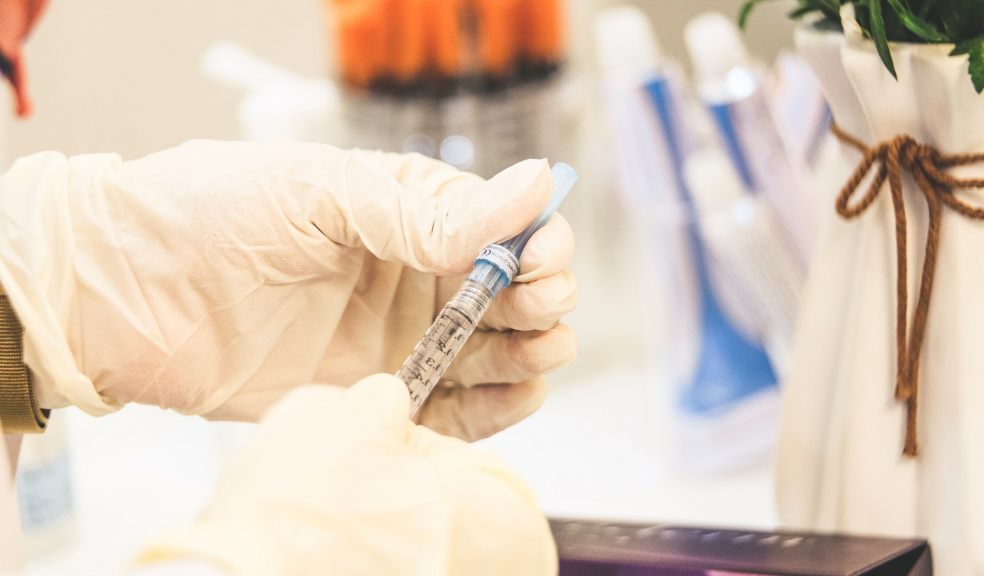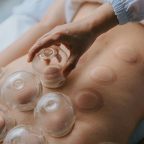
Dos and Don'ts of proper sharps disposal
As per the World Health Organization the biomedical waste is classified into various sections that include chemical waste, general waste, Radioactive waste, Sharps, Pharmaceutical waste, infectious waste, pathological waste and pressurized containers. If these items are not disposed of properly then it could harm the overall environment including humans. Hence according to WHO every institute or hospital has to dispose of these biomedical wastes properly so that they can get recycled.
Sharp’s waste is generally a biomedical waste. It includes objects or tools that are used to cut or puncture the skin. Hence it is referred to as sharp. Since these are termed as biohazardous medical waste they can be harmful to animals as well as to humans. The common sharp’s waste includes broken or contaminated glasses, hypothermic blunted needles, syringes, Microscope slides, specific medical tubes, disposable blades, razors and scalpels. Generally, sharp’s waste is disposed of at public household waste collection sites, special waste disposal service, Mail back programs and supervised collection sites.
While disposing of the sharp’s waste it is important to pay attention to a few things. To dispose of the sharp’s waste first you would need to place the waste in the proper disposal containers right after the usage. Once done with this one also needs to dispose of the used sharps waste containers. There are a few other dos and don’ts which need to be taken care of while disposing of the sharp’s waste.
Dos of sharp’s waste disposal
While disposing of the sharp’s waste it is important to check the disposal container as well. It should be made of heavy-duty plastic. Apart from this, it should be tight-fitting and with a puncture-proof lid. It should be properly labelled and leak-resistant.
While disposing of the sharp’s waste make sure you put it immediately in the disposable container to avoid any needle cuts. Make sure you use the FDA approved sharps waste disposable container. If not available then you can also use the heavy-duty household plastic container as an option. The other option here can be to check with your local health care service provider, pharmacist, local hospitals and veterinarian about the availability of FDA approved disposable containers. If not then you can check with them if they can dispose of your used needles or syringes. You can get to know about the safe disposal programs in your local area through them.
You would need to follow the community guidelines for sharps waste disposal purposes. You can check with the public health department or local trash department to know more about disposable guidelines. You can also refer to the city government section of your local area. If you are travelling then you would need to carry the disposable container along with you. There are also various governmental agencies such as state and federal ones that provide in-depth information such as which type of containers to be used for disposal, how to label the sharp’s disposable containers, how to secure the container lid properly etc.
Another important thing for sharp’s waste and disposable containers is to keep it away from children’s and pet’s reach.
Don’ts of sharp’s waste disposal
Make sure you do not throw the sharp needs and other disposables in the dustbin or trash. Apart from this do not flush the other sharp materials or needles in the toilets.
While disposing of the waste make sure you do not put the needles, used syringes or glassware in the trash which you think will not be recycled. Also do not use low-quality bio waste material containers for recycling purposes. You can always reach out to companies that provide services for sharps disposal. Daniels Health Sharp's disposable is one of the leading service providers for biomedical waste recycling in Australia.
Make sure not to recap, bend or remove the needles used for other patients. The accidental needle sticks can end up causing a serious infection to the other person. Also do not try to remove the needles without the help of a clipper device. Doing this can cause the needle to fall and injure others.
These were a few dos and don’ts of Sharp's waste disposal process. Once the waste is collected in the proper disposable bins make sure the medical company picks it up for the further process. Some companies provide you with automated sharp’s waste disposal systems.

















